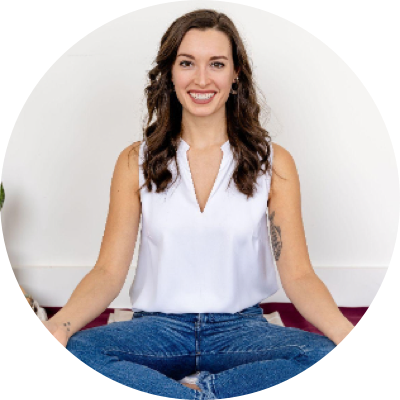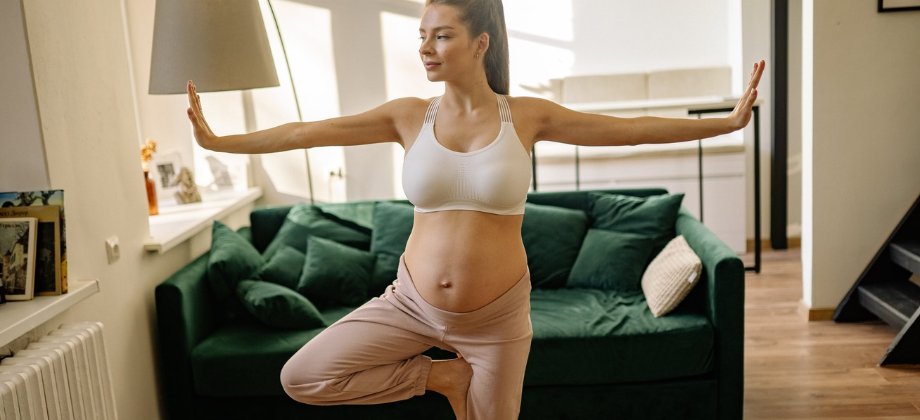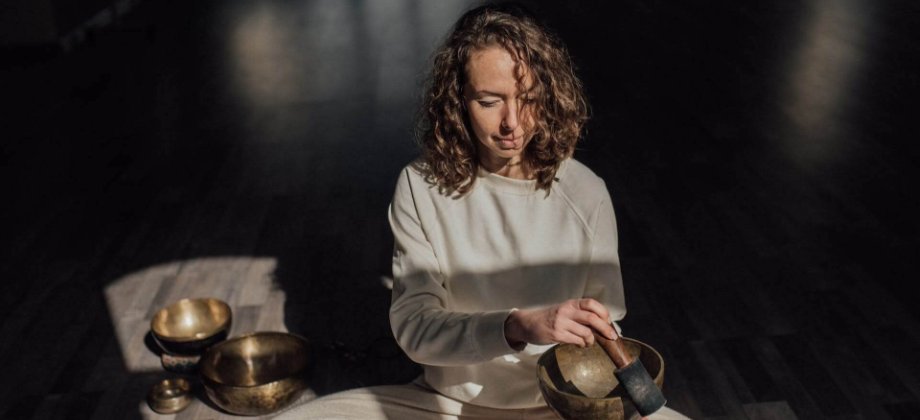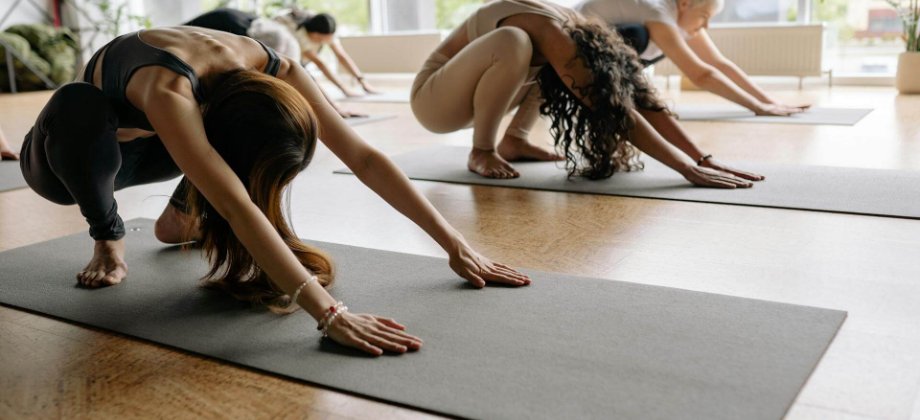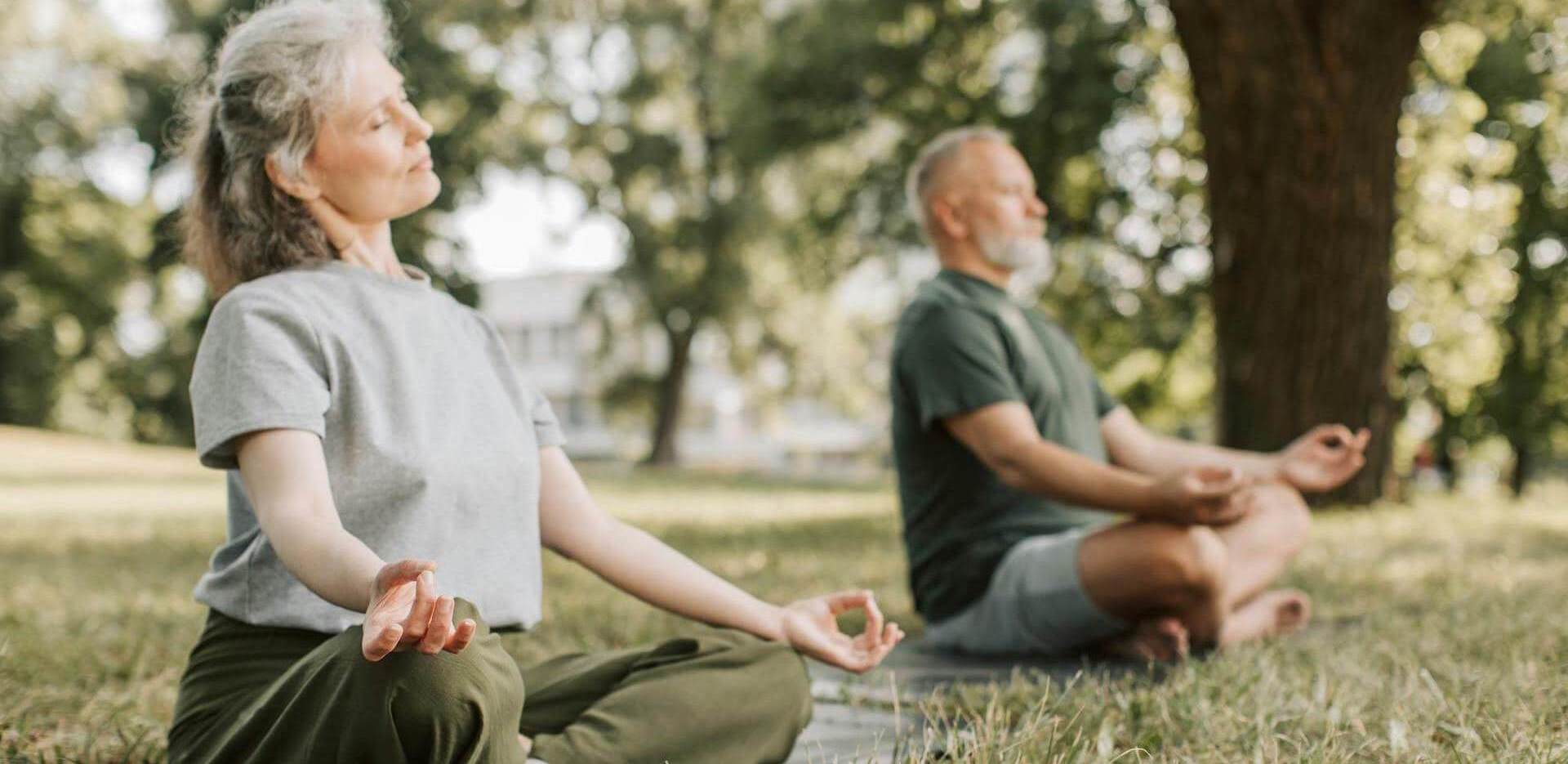
8 Ways to Serve Yogis over 60
When we call to mind the image of a yoga studio, it’s easy to picture a curated Instagram-like setting where the room is designed just so and each student is sporting their best leggings set. But for those of us who practice in the “real world” so to speak, we know that yoga is and has always been a space for everyone. Every body, every ability, every experience level, at every age.
While you will certainly not be able to know everything about a yoga student just by looking at them, your first impression coupled with a personal conversation can help inform your interactions and the types of support you offer. Specifically, yogis over 60 may require teachers to make certain considerations when designing classes inclusive of all ages. Here are some ideas on just how to design your classes to be most supportive for your older clientele.
1. Prepare, but Don’t Assume
First and foremost, although yogis over 60 may have a higher likelihood of needing certain supports, never assume that just because someone is older, they need more support. Every body ages differently and each person has varying experience with yoga and other forms of exercise. Just because someone is of typical retirement age, doesn’t mean that they are not also a master of yoga and in need of no special attention. It is considerate to be prepared to support all of your students, but never assume someone requires more help or direction without asking them first.
2. Appropriate lighting
As we age, our eyesight is one of the first things to tell us we’re getting older. If you have ever been out to dinner and noticed your loved one using a cell phone flashlight to brighten up the menu, then you have seen this fact of life in action. In your yoga class, it may be appropriate to have the lights a bit higher than normal or offer electric candles at every mat for the option of personal light. It is important for your students to see you, and to be able to see where their hands and feet are placed on the mat.
3. Thoughtful Music Volume
It is always best practice as a yoga teacher to check in with your students before class starts to ask about the volume of your music. As we age, hearing aids and hearing loss become more and more common. Even if someone wears hearing aids in their day-to-day life, they may choose not to wear them when doing exercise because some hearing aids can be affected by the moisture from sweat. You may want to play music at a lower volume or play instrumental music that does not include lyrics so there is less difficulty for students to distinguish your verbal instructions. You may also invite yogis who express trouble hearing to the front of the room for better ability to hear instructions, remembering to do so in a tactful manner that doesn’t make them feel called out or embarrassed.
4. Injury Inquiry
Just as you would for any new student who enters your class, always make sure to ask about injuries or areas of pain that you may need to offer modifications. As we age, common physical needs to note can include previous broken bones, joint replacements, arthritis, decreased muscle mass, and difficulties with balance. Having an idea of the physical strengths as well as limitations of your yogis over 60 can help you determine what modifications to cue, how to sequence the poses in your flow, and which props you may recommend students have nearby during class.
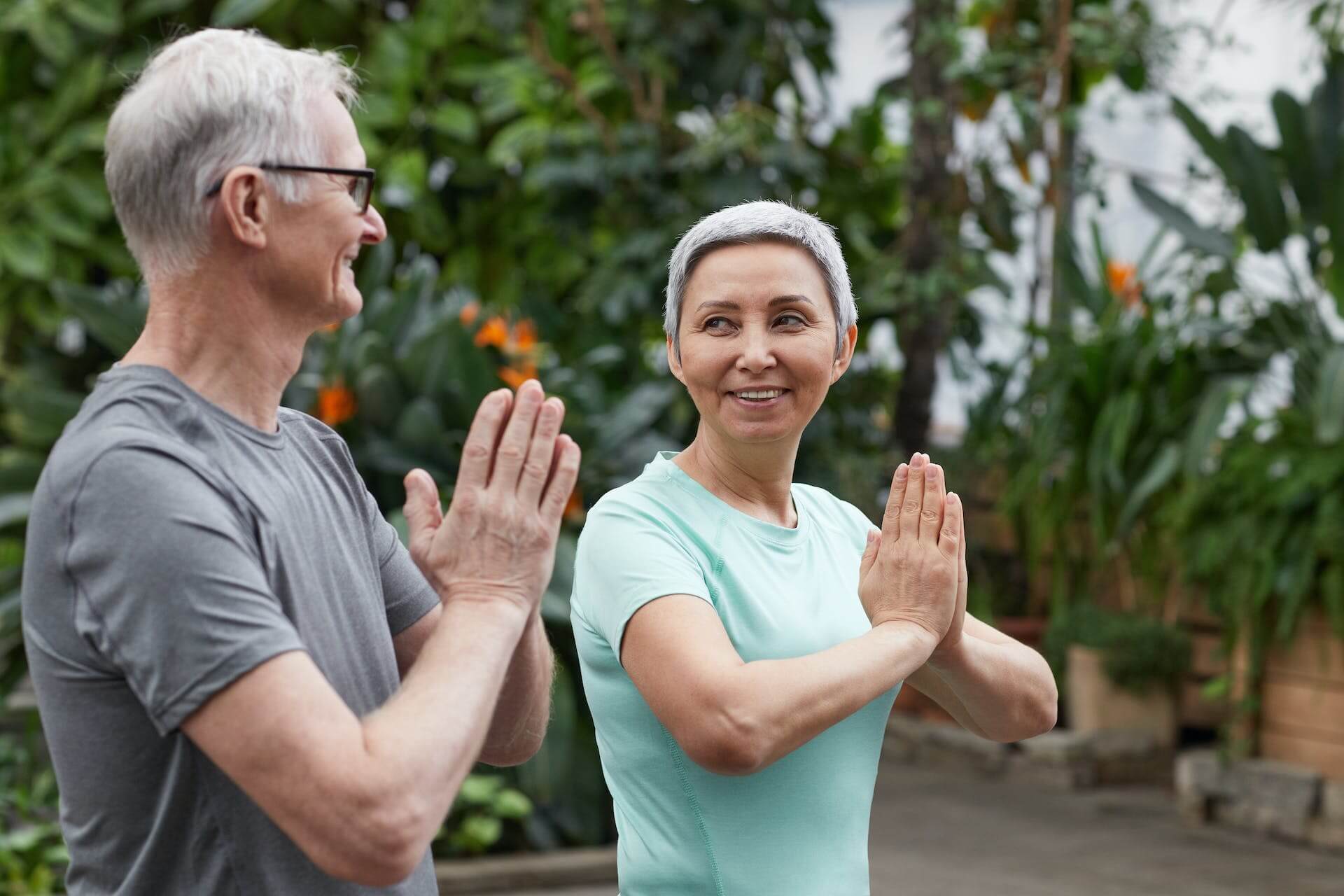
5. Provide props
Providing access to props for all students is helpful, but especially for those who may be more prone to falling, have lower muscle mass, have a history of previous injuries, and have more difficulty with balance. Providing props allows yogis to try their hand at accessing a more challenging pose, instead of not feeling confident to try at all. This can help students over 60 feel more included in class, challenge themselves in a manner consistent with their interests and needs, and help foster a greater sense of accomplishment and confidence as a yoga student. If your studio does not have props or you are teaching a virtual class, it can be helpful to notify students in advance via email or another channel on what props might be helpful for them to bring to class.
6. Thoughtful Transitions
The phrase, “yogi’s choice,” is one said often by teachers when offering variations of a pose because students are trusted with knowing their bodies best. While students of all ages can choose how they access and express a pose, it is important to encourage people to support joints that may be prone to injury, such as the neck, ankles, and knees, and to cue transitions with safety in mind. Offering variations such as eye gaze options during poses and transitions to best support balance and prevent dizziness is one great cue to use in your classes. For example, when leading the class in a transition from Triangle pose where the gaze may be at the ceiling to a low lunge where the gaze is at the floor, begin the transition by cueing students to look down at the floor and steady themselves before angling their arms down into a low lunge.
7. Spend the Time
For yogis over 60, spending more time in warm-up poses can help to warm and loosen stiff joints and allow for greater flexibility during the practice. It can also be beneficial to hold poses for longer to help build muscle strength and greater balance.
8.Tailored Recommendations
As a yoga teacher, it is common for students to ask for recommendations on the types of classes they may enjoy, helpful poses to do at home, and even the frequency of practicing yoga. Recommendations that can be beneficial for yogis over 60 can include practicing yin yoga in order to spend time focusing on breaking up the fascia, which allows for greater range of motion. Spending time practicing poses that focus on the feet is also helpful, because as we age, it is common to lose flexibility in the foot, which increases the risk for falling due to greater difficulties with balance. Again, make sure to ask your students about their goals and areas in which they feel they would like to strengthen and improve to provide individualized recommendations.
Anticipating the needs of our students whenever possible allows them to feel more supported and seen, and asking for their input directly helps students feel empowered, acknowledged, and supported. While the tips included in this article are tailored specifically to yogis over 60, each are great to keep in mind when aiming to thoughtfully support your students at any age.
